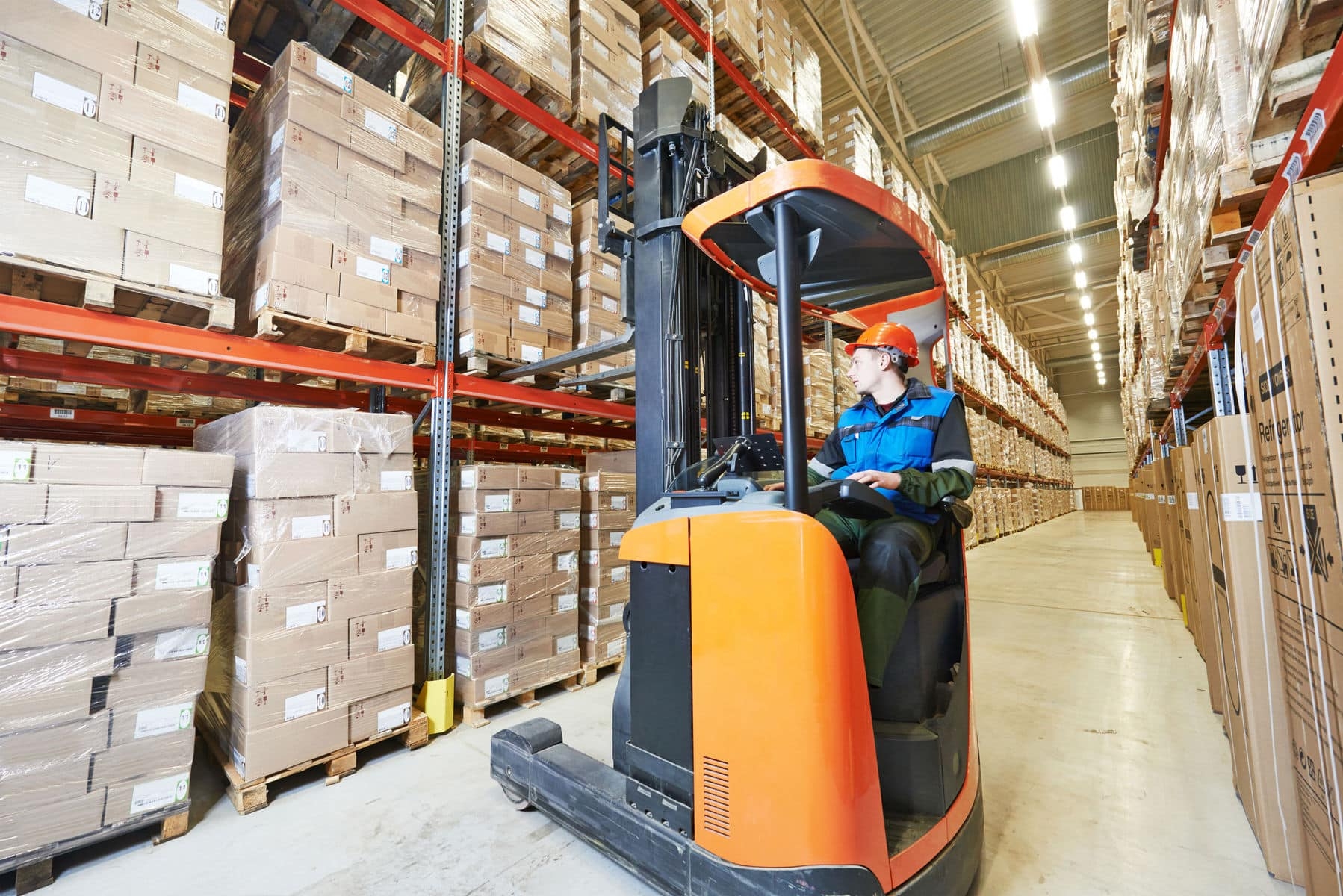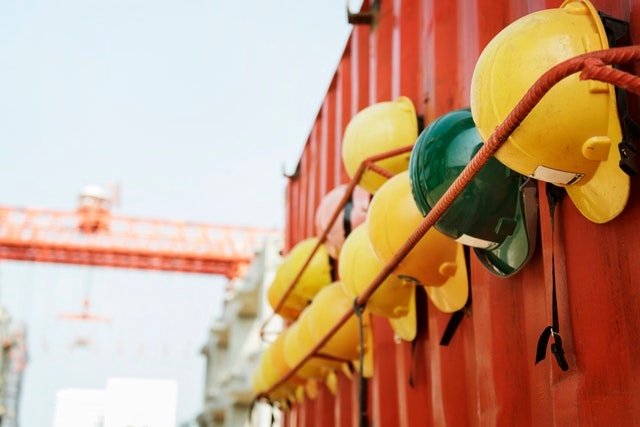This month we are looking into the health and safety requirements and provisions of swimming pools.
Swimming pools come in many different shapes, sizes, depths and industries. These can include but are not limited to:
- Communal pools
- Leisure pools
- Water park
- Hotel pools
- Camping pools
- Club pools
- Paddling pools that are part of a larger pool or complex
- Holiday let pools
- Therapeutic pools
- Pools in places of education
- Residential complex pools
- Diving pools
- Military training pools
- Rescue training pools
- Counter-current training pools; and
- Scuba-diving pools.
*This article is not intended for private swimming pools in domestic premises that are not used for reward or hire, stand-alone children’s paddling pools in public parks or stand-alone spa pools. If you own or operate a pool you should also consider child protection, access for disabled persons and water quality and hygiene.
Swimming Pool Legalities for Health & Safety
The four main pieces of health and safety legislation that apply to swimming pools are the:
- Health and Safety at Work Act
- Management of Health and Safety Regulations
- Control of Substances Hazardous to Health (COSHH); and
- Reporting of Injuries, Diseases and Dangerous Occurrences (RIDDOR).
Water Hygiene Health & Safety
Before you even think about letting people into your swimming pool, a top priority must be the cleanliness of the water. This is known as water hygiene. All swimming pools will have what is known as a “Pool Plant Room” and this area must be restricted to authorised personnel who have undergone accredited training, known as a Pool Plant Operators Course. This course will give the learner knowledge and understanding of both legal and industry documentation requirements and standards for compliance and cover other subjects such as filtration, chemical treatments and water quality.
Pool plant rooms are hazardous areas and access must be restricted. There are a number of chemicals that can be used to treat swimming pool water; however Sodium Hypochlorite is one of the most commonly used.
Sodium Hypochlorite comes in either a powder, pellet or tablet form. It is added to the water filtration system in small amounts, approximately 2-3mg per litre (ppm). Not all pool plant equipment is fitted with dosing machines and sometimes pool plant operators must manually dose the water. This factor creates a risk for the incorrect measurements of solid chlorine to be added to the water and this can result in a discharge of chlorine gas. It is worth bearing in mind that chlorine gas was used in World War I with disastrous and fatal effects. Pool plant rooms are also often very damp or even wet areas and any damage to the chlorine container can result in a chlorine gas leak.
Therefore, all pool plant rooms should be fitted with a suitable and sufficient chlorine gas alarm that can notify any person from outside the compartment, so they do not inadvertently enter a risk area. The compartment should also be fitted with an audible alarm within and a full-face respirator(s) capable of protecting the user from the effects of chlorine gas, should be suitably located within the plant room for use in an emergency evacuation.
The handling, storage and use of chemicals for water treatment should be subject to a COSHH Assessment with the relevant Material Safety Data Sheet (MSDS) being sourced from the suppliers. Pool plant room operations should also undergo a risk assessment and have a Standard Operating Procedure (SOP) created as part of the Safe Systems of Work (SSOW).
Testing of Water Quality Health & Safety
The quality of the water in relation to pH levels and disinfectant should be tested and recorded regularly. The frequency of this depends on the type of pool:
- Every 2 hours of spa pools
- Every 2 hours for pools with a manual chemical dosing system
- Every 4 hours for pools with an automatic chemical dosing system
The swimming pool water itself should undergo regular microbiological testing every month. These tests cannot be carried out on-site and collection bottles must be transported to an accredited laboratory under temperature-controlled conditions.
Emergency Arrangements Swimming Pool Health & Safety
As part of your arrangements, you must consider the scenario of the persons within the pool who need to be evacuated. An example of this is when the fire alarm is activated.
Pool operators must ensure that an employee can respond to the pool and there is provision of enough emergency or survival blankets, readily available so that pool occupants can keep warm in the event they have to exit the pool.
It is not always necessary to evacuate all pool users to the fire assembly point, unless of course, they are in immediate danger and risk from fire, or being trapped by fire. It is, under the correct circumstances, permissible, to hold pool users near to an emergency exit door, pending further investigation or instruction from the lead fire marshal or most senior person on site.
As with any emergency arrangement or action plan, it will only work if employees are fully aware of their duties. This is achieved through training and drills or scenarios.
The provision of lifesaving, first aid, and or rescue equipment at a poolside is subject to risk assessment. This can include, but is not limited to; automatic external defibrillators, floating rescue boards with C-spine immobilisation, reach poles, throwlines, buoys and life rings. The risk assessment must take into account any activities which present a higher risk, such as diving from a board or wave machines.
Lifeguards and Pool Supervision
Contrary to popular belief, there is no legal requirement in the UK to have lifeguards staffing a pool. Again, this comes down to risk assessment. If however, your risk assessment identifies the need then lifeguards must have attended a suitable and sufficient training qualification.
Lifeguards should be strong and competent swimmers who are physically fit enough to retrieve casualties from the water. They should have specific skills including extended life support and safe management of spinal injuries. Lifeguards must remain vigilant at all times and their primary role is to prevent injuries from occurring as opposed to responding after a hazardous event.
All lifeguards should be well-versed in the applicable Pool Safety Operating Procedures (PSOP). The PSOP is usually made up of 2 separate documents:
- Normal Operating Procedures (NOPs). This sets out how the pool operates on a daily basis.
- Emergency Action Plan (EAP). This provides specific instructions on the action to be taken, by all staff, if there is an emergency.
Irrespective of whether or not a pool has lifeguards, a PSOP will be required as part of a safe system of works.
Whilst the specifics of these documents will vary from pool to pool, the following contents should be contained within, where applicable:
Normal Operating Procedures (NOPs)
- Alarms systems (inc. location)
- Conditions of hire to organisations and groups
- Control of admission and access
- Detailed work instructions for staff tasks
- Details of the pool(s) (e.g. dimensions, depth, pool signage)
- Emergency Equipment Inc. location
- First aid provisions and training
- Lifeguard duties, arrangements, positions, zones, rotations
- Maximum occupancy (per session, per pool, trainer: student ratios)
- Organisation chart – identifying lines of authority
- Pool Equipment and features
- Pool Rules
- Potential Risks
- Training and competency requirements
- Uniform
- Video and photography usage.
Emergency Action Plans (EAPs)
- Normal Operating Procedures (NOPs)
- Alarms systems (inc. location)
- Conditions of hire to organisations and groups
- Control of admission and access
- Detailed work instructions for staff tasks
- Details of the pool(s) (e.g. dimensions, depth, pool signage)
- Emergency Equipment Inc. location
- First aid provisions and training
- Lifeguard duties, arrangements, positions, zones, rotations
- Maximum occupancy (per session, per pool, trainer: student ratios)
- Organisation chart – identifying lines of authority
- Pool Equipment and features
- Pool Rules
- Potential Risks
- Training and competency requirements
- Uniform
- Video and photography usage.
- Emergency Action Plans (EAPs)
- Accident, incident, and follow-up action
- Bomb threat/ Terrorism threat /discovery of suspicious packages
- Broken glass in the pool
Safety Signs and Information for Swimming Pools
Safety signs should be considered as a part of the risk control measures. Safety signs are used to warn pool users where:
- There are any sudden changes in depth and it is necessary to clearly mark the depth of water, especially at shallow and deep ends.
- It is necessary to show areas where it is unsafe to swim, or to dive (and indicating any sudden changes in depth which could pose a hazard).
- There are slippery surfaces; it is necessary to provide instructions on the safe use of the pool and its equipment.
- Where provided, pool operators should: Maintain safety signs.
- Ensure that signs are located in appropriate positions and unobstructed, for example by equipment or plant.
- Explain the signs to their employees and tell them what they should do when they see a safety sign, particularly in relation to bathers.
- Maintain the depth of water in accordance with the information displayed.
Occupancy Values
In accordance with BS EN 15288, the British Standard for Safety Requirements in Swimming Pools, each user should have at least 3m2 of water. For example, a swimming pool that is 20m x 15m could hold a maximum of 100 people but this is only a guide and the total number of pool users at any one time should be identified on the risk assessment.
Information for Pool Users
Swimming pools will be safer if pool users are aware of potential hazards, and act responsibly. The hazards, as far as reasonably practicable, should be brought to swimmers’ attention as soon as possible. This can be achieved in a variety of ways, such as:
- Notices and signs displayed at reception, in changing areas and on the poolside, such as pool rules.
- Information on websites.
- A leaflet handed to swimmers as they arrive, and to those in charge of organised groups (including school parties).
- Including it in membership documents; and
- Oral reminders, where necessary, by lifeguards.
If you have any questions regarding the health and safety requirements around swimming pools contact us on 033 33 215 005 or email websiteenquires@wirehouse-es.com






